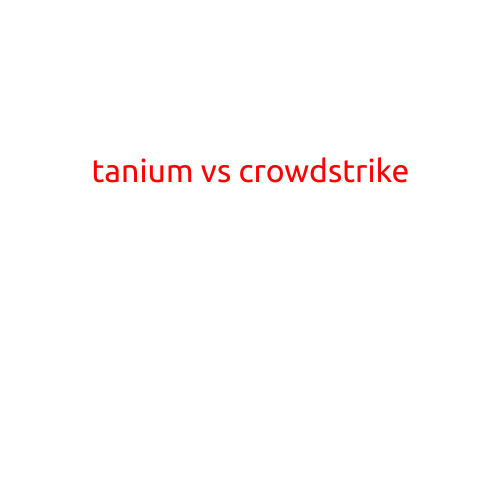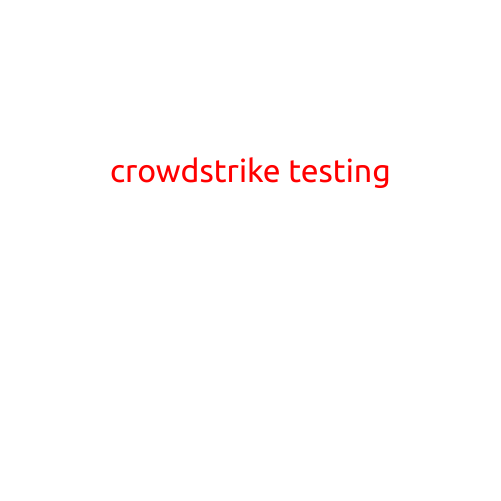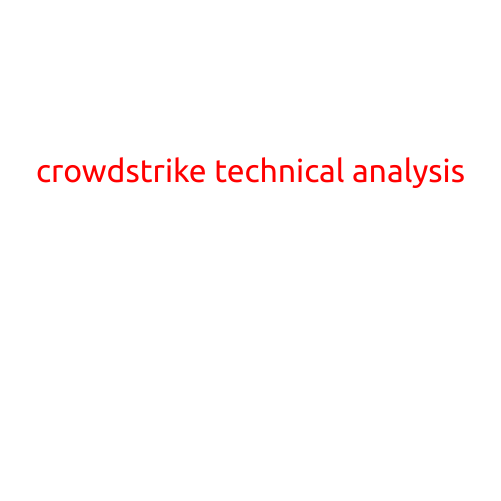
Tanium vs CrowdStrike: Which Endpoint Security Solution Reigns Supreme?
In the world of endpoint security, two titans have emerged as the leading players: Tanium and CrowdStrike. Both companies have developed robust solutions to protect organizations from the ever-growing threat of cyber attacks. But which one is the best fit for your organization? In this article, we’ll delve into the features, strengths, and weaknesses of both Tanium and CrowdStrike, helping you make an informed decision.
Background: The Rise of Endpoint Security
As technology advances, the attack surface continues to expand, making endpoint security a critical concern for organizations. With the proliferation of mobile devices, IoT devices, and cloud-based applications, it’s more important than ever to secure the endpoint – the point at which a user interacts with an organization’s technology. Tanium and CrowdStrike have capitalized on this trend, developing innovative solutions to address the growing threat of cyber attacks.
Tanium: The Pioneer of Real-Time Endpoint Security
Founded in 2007, Tanium is a pioneer in the endpoint security space. Their solution focuses on providing real-time insights into endpoint activity, allowing organizations to detect and respond to threats quickly. Tanium’s technology is built on a powerful agent-based architecture, which means that agents are deployed on each endpoint to collect data and provide visibility.
Key Features:
- Real-time visibility and control
- Advanced threat detection
- Automated incident response
- Cross-platform support (Windows, macOS, and Linux)
CrowdStrike: The Leader in Cloud-Delivered Endpoint Security
Founded in 2011, CrowdStrike is a trailblazer in the cloud-delivered endpoint security space. Their solution leverages the cloud to provide a scalable, secure, and highly effective endpoint security platform. CrowdStrike’s technology is based on a cloud-based architecture, eliminating the need for on-premises infrastructure.
Key Features:
- Cloud-delivered endpoint security
- Machine learning-based threat detection
- Immediate visibility and incident response
- Support for Windows, macOS, and Linux endpoints
Comparison: Tanium vs CrowdStrike
When it comes to choosing between Tanium and CrowdStrike, consider the following differences:
- Scalability: Both solutions scale well, but CrowdStrike’s cloud-based architecture makes it easier to deploy and manage large-scale environments.
- Deployment: Tanium requires agents to be deployed on each endpoint, while CrowdStrike’s cloud-based solution eliminates the need for on-premises infrastructure.
- Threat Detection: Both solutions employ advanced threat detection techniques, but CrowdStrike’s machine learning-based approach provides more extensive coverage and accuracy.
- Cost: Tanium’s on-premises architecture can result in higher costs depending on the size of the organization, while CrowdStrike’s cloud-based solution provides a more predictable cost structure.
Choosing the Right Solution: Tanium or CrowdStrike?
Ultimately, the choice between Tanium and CrowdStrike depends on your organization’s specific needs. If you’re looking for a solution that provides real-time visibility and control, with a focus on automating incident response, Tanium may be the better choice. However, if you’re seeking a cloud-delivered endpoint security solution with advanced threat detection capabilities and a scalable architecture, CrowdStrike is an excellent option.
Conclusion
The battle for endpoint supremacy is far from over. Tanium and CrowdStrike have demonstrated their commitment to providing innovative, effective, and scalable endpoint security solutions. By considering the strengths and weaknesses of each solution, organizations can make informed decisions about their endpoint security strategy. Whether you opt for Tanium’s real-time visibility or CrowdStrike’s cloud-delivered security, both solutions will help protect your endpoints from the ever-growing threat of cyber attacks.





